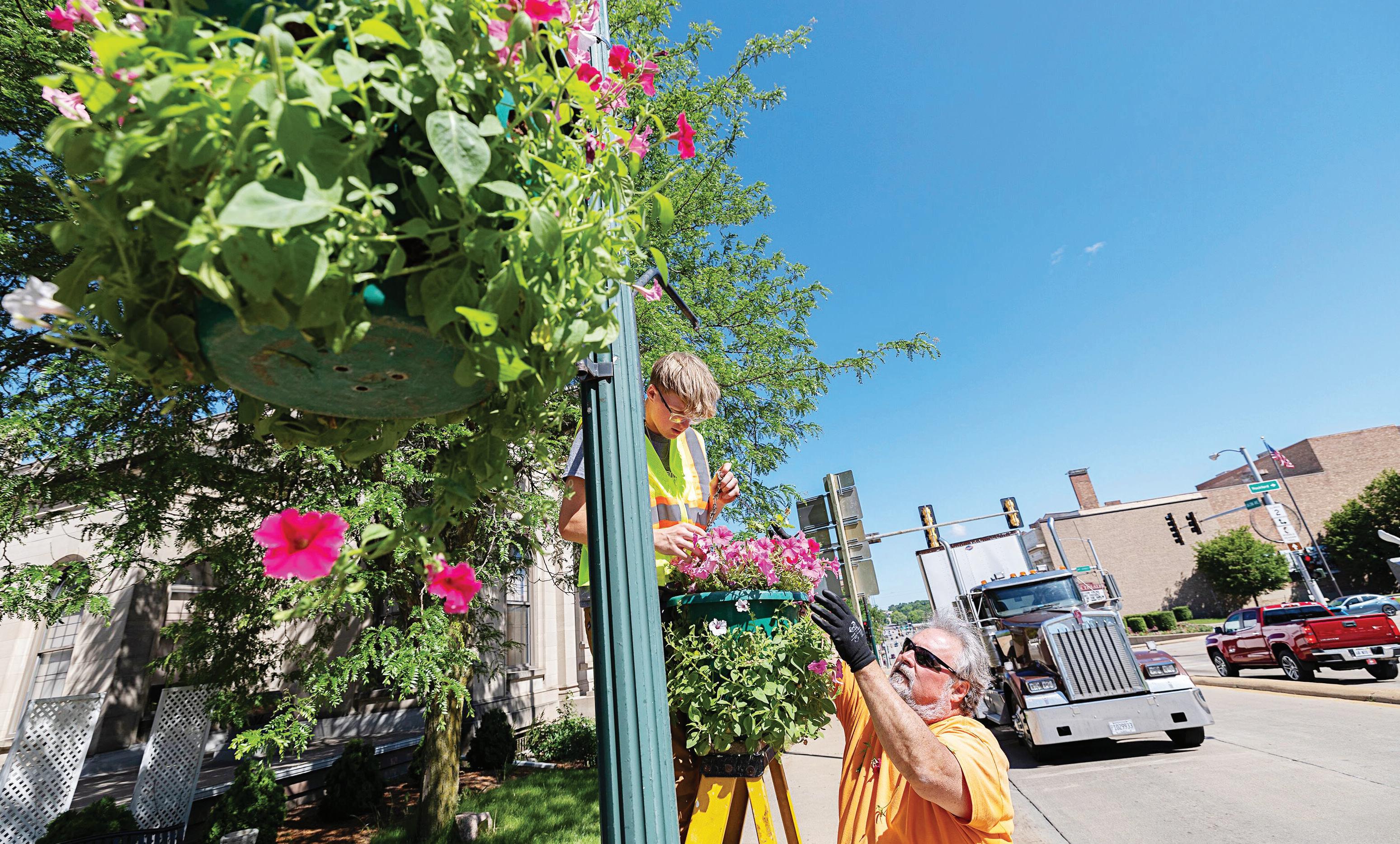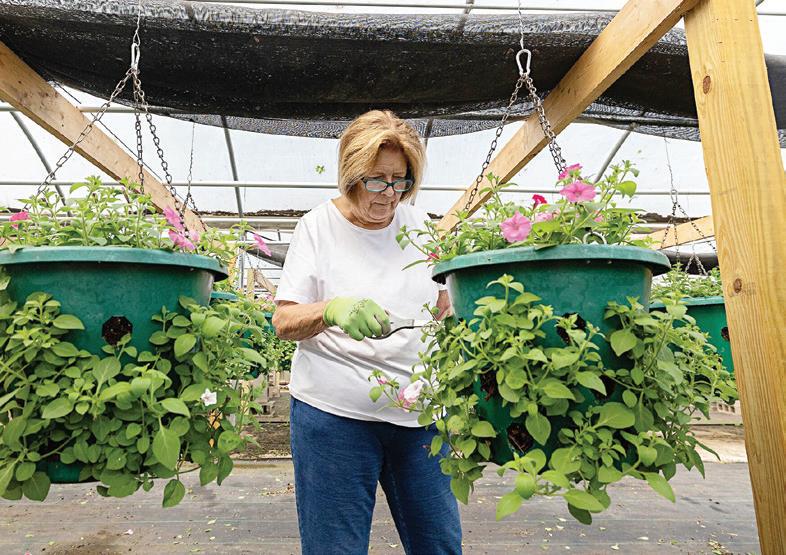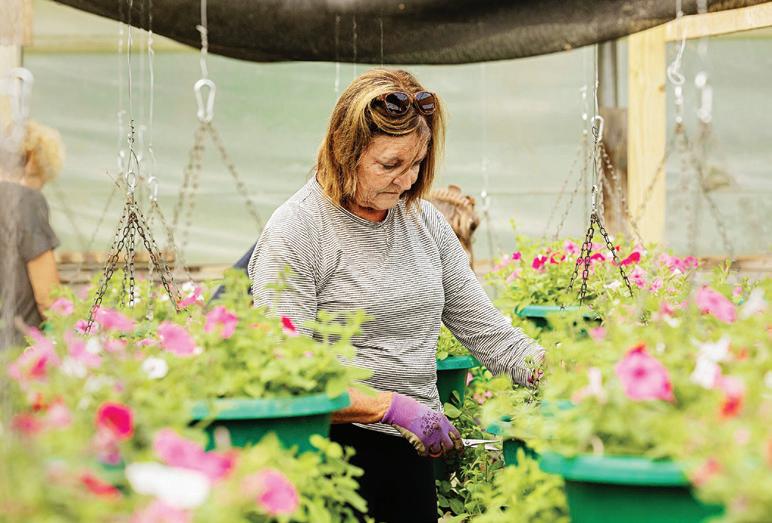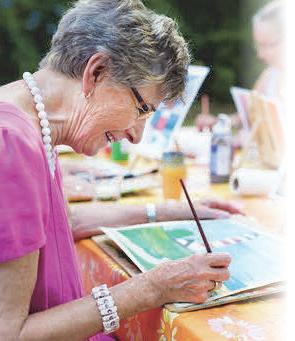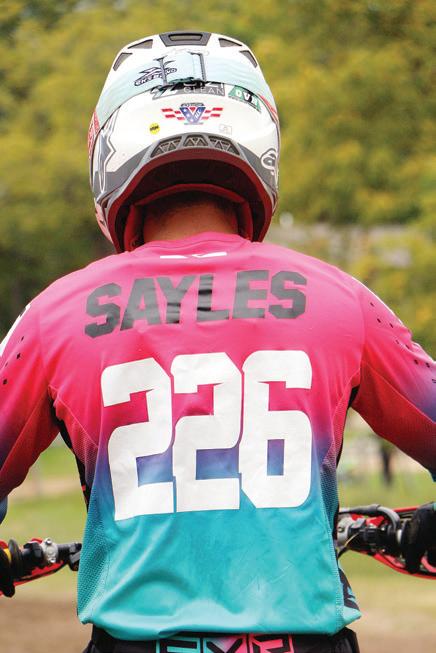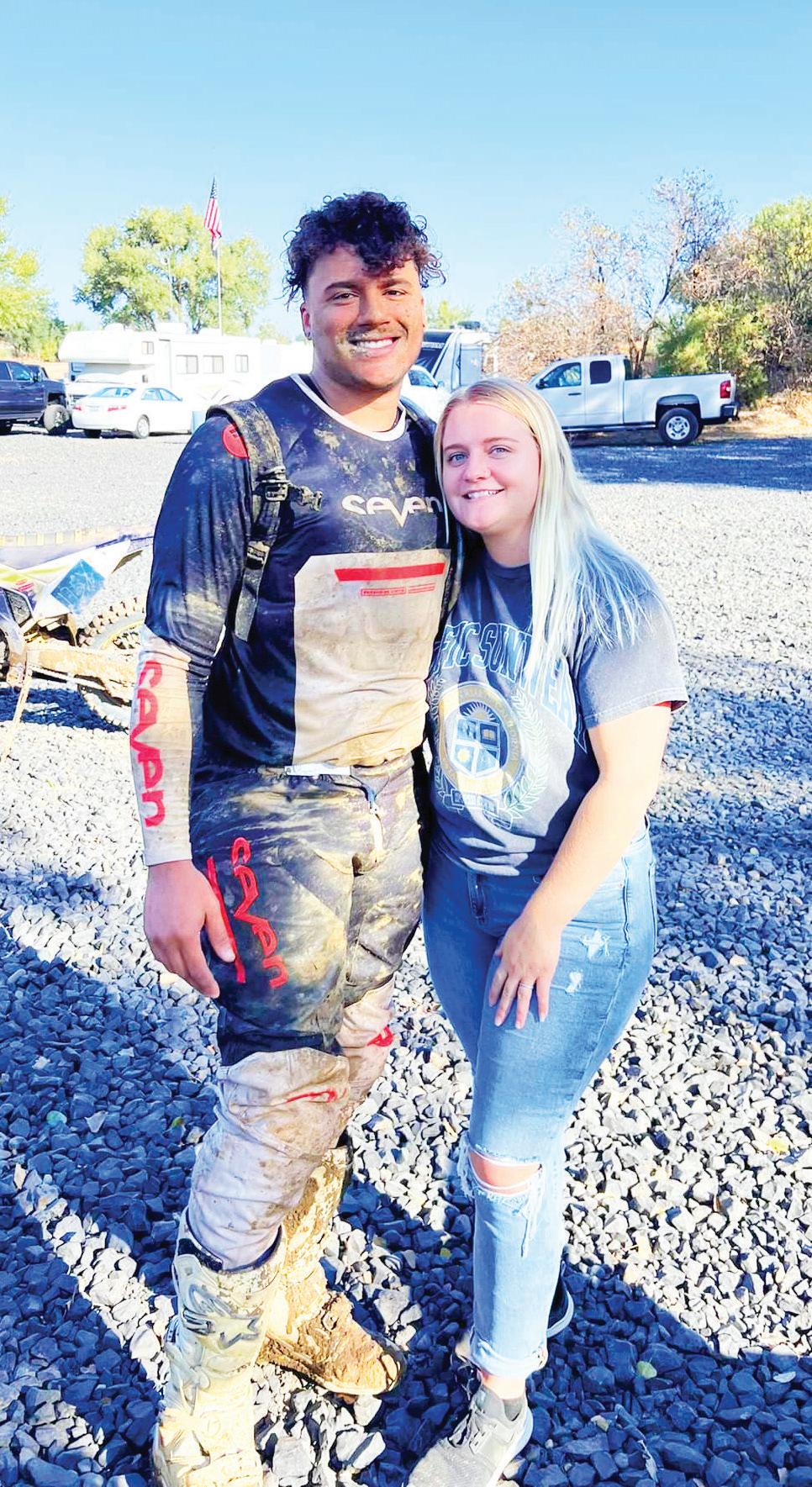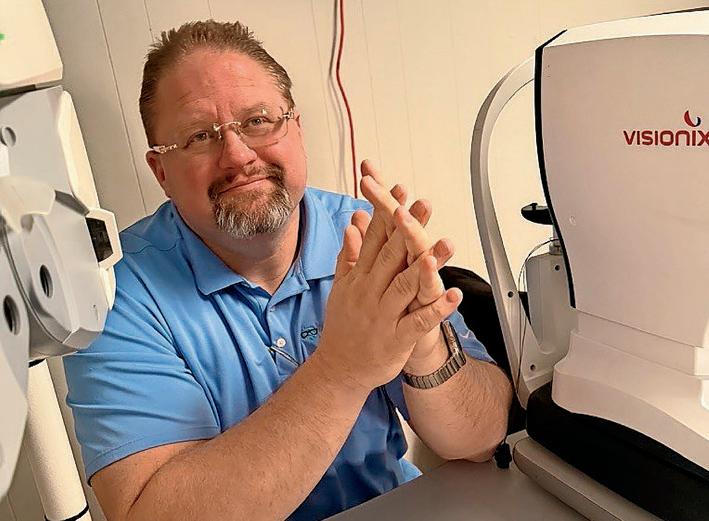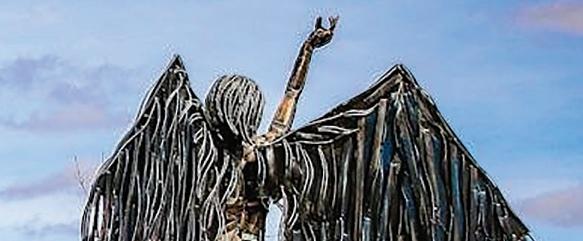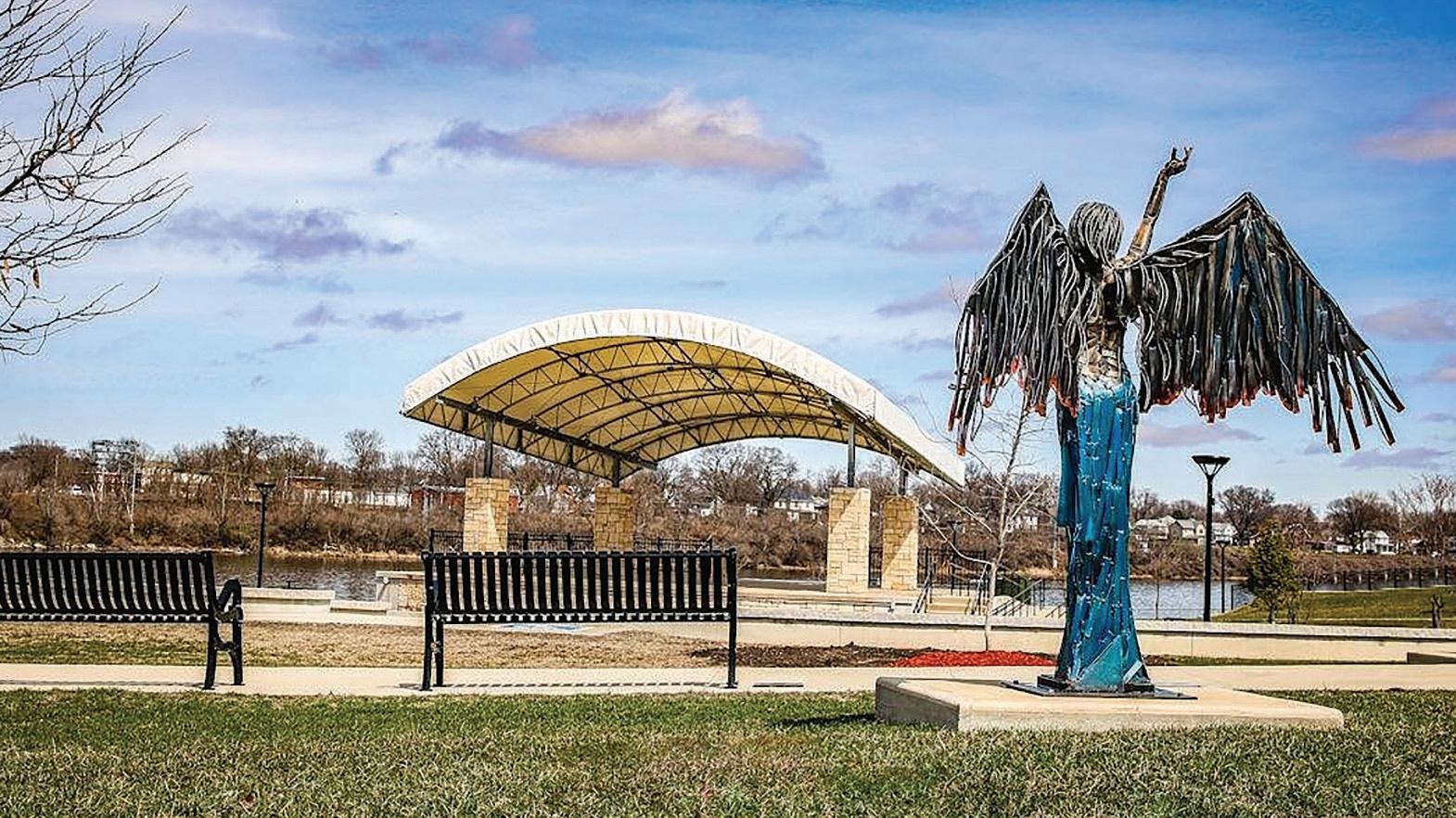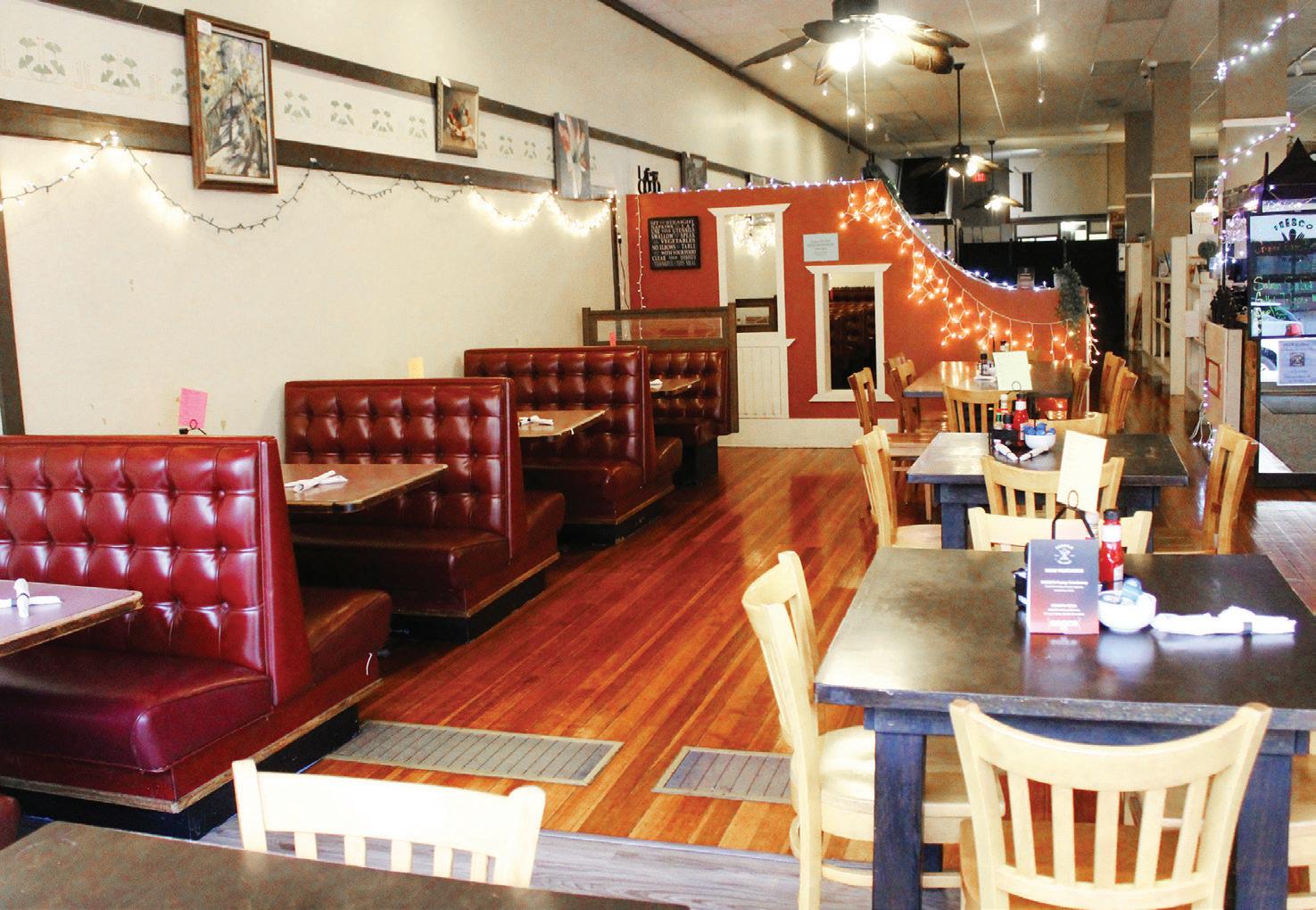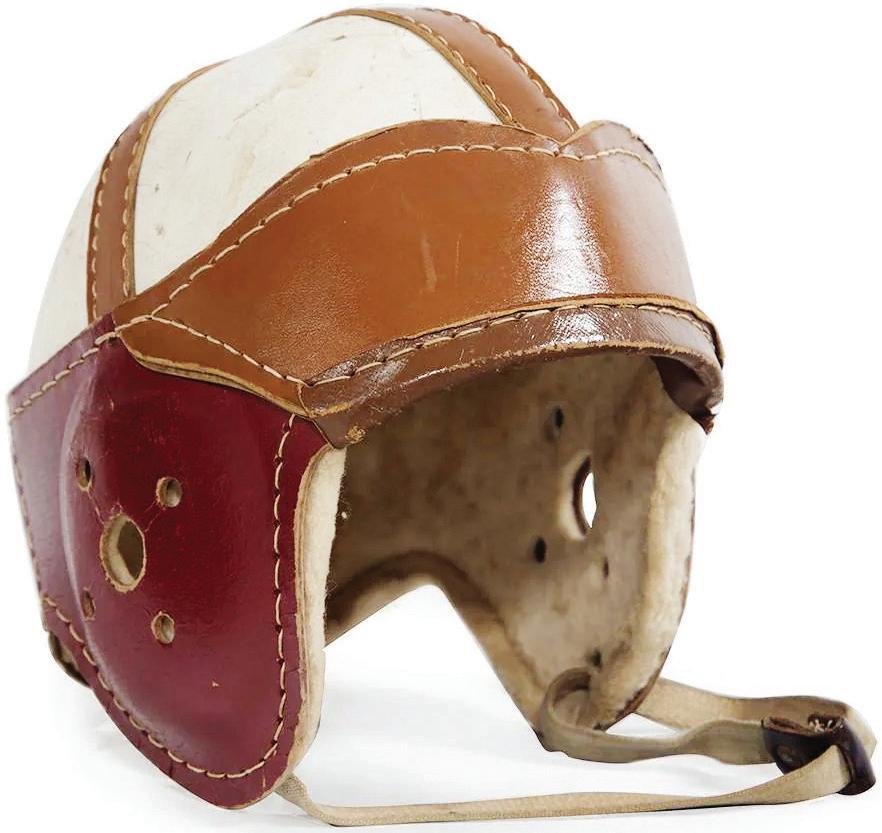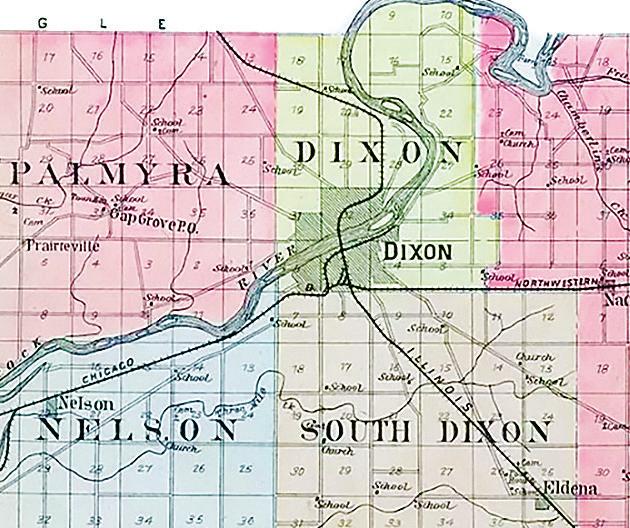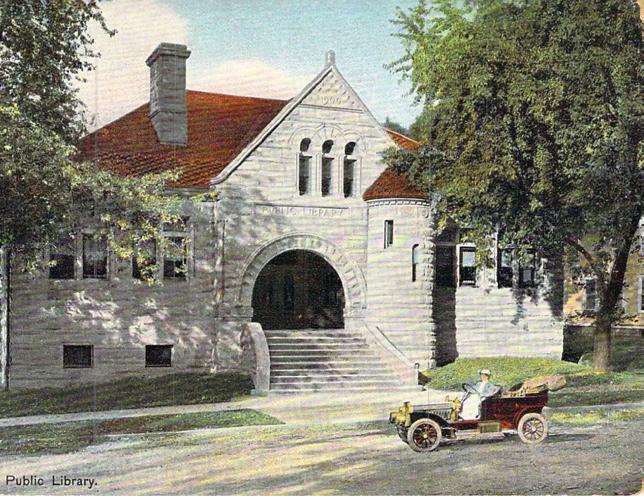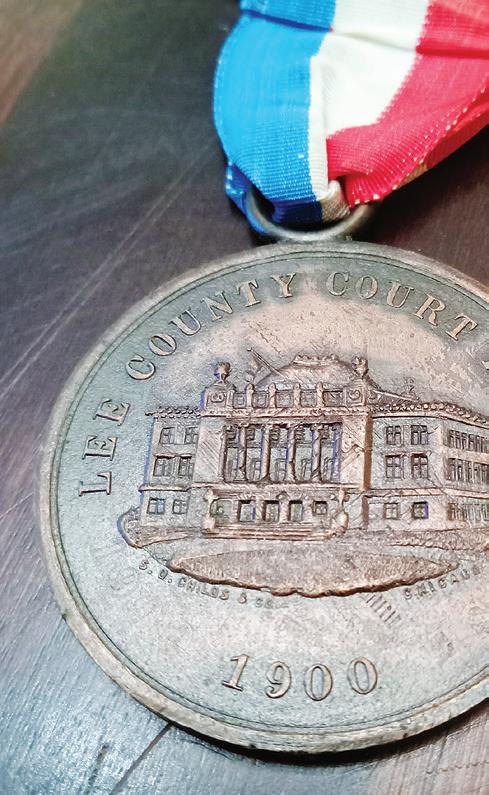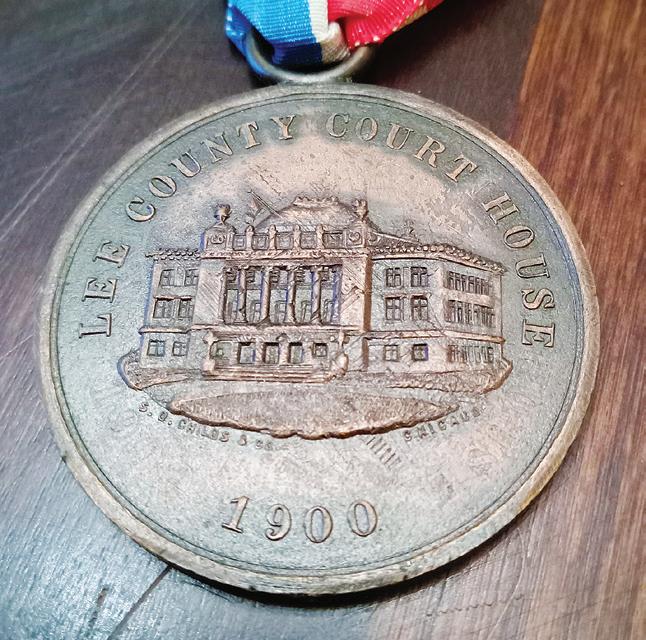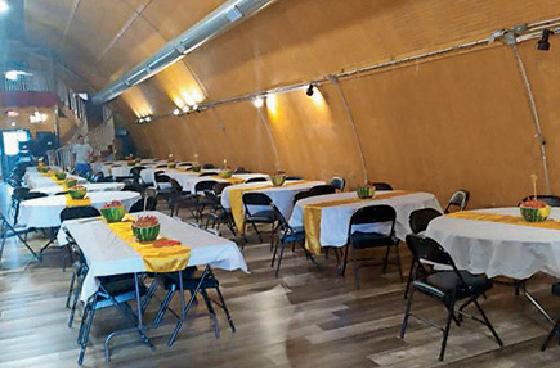It takes a lot of supporters for Dixon to uphold its reputation as “The Petunia Capital of Illinois” — and a lot of lampposts.
It’s a good thing Dixon has both.
With decades of history behind it and the Illinois General Assembly to support it, Dixon is proud of its reputation as “The Petunia Capital of Illinois,” a designation bestowed upon the city by state lawmakers in 1999. But it takes a lot of work to keep up appearances, a task that adds splashes of cascading color that overflow from flower baskets hanging from lampposts throughout a city that draws tourists from near and far to visit a president’s hometown, and locals by the thousands to celebrate the city’s annual Petunia Festival.
So where does all that flower power come from? It starts with a group that’s instrumental to the ornamentals with the trumpet-shaped flowers that toot Dixon’s horn: Dixon in Bloom.
Dixon in Bloom is a four-person committee that spearheads the petunia project. The current line-up consists of Robin Canode, Laurie McBride, Deb Nagy and Shirley Vivian, who also are members of the Dixon-based Rock River Garden Club and help the Dixon Chamber of Commerce and Main Street’s Beautify Dixon Committee, both of which organize other flower-filled beautification projects in the Petunia City.
PETUNIAS cont’d to page 6
ALEX T. PASCHAL/APASCHAL@SHAWMEDIA.COM
No pint-sized petunias these ... Dixon’s petunias start out like any other petunia, brought to life at Nichols Greenhouse (left), but by the time they reach their prime they’re a beautiful behemoth to behold, thanks in no small part to the volunteers and others who primp and prune the petunias from greenhouse to light post.
When the committee formed in 2011, it began by hanging baskets along the Galena and Peoria Avenue bridges, and like a flower, the effort has just kept on growing.
“We’ve come a long way from 30 baskets on two bridges,” McBride said. “They’ve gotten so much fuller and prettier each year. Everyone takes pride in these petunias and they look pretty nice.”
Committee members and their volunteers get to be in the “delivery room” when the budding blossoms are born, watching their growth inside the greenhouse. It’s a treat seeing small green stems grow up into big bouquets of pink petals.
“It’s a magnificent feeling when you see all of them in the greenhouse, and to see them around town, it brings a lot of joy,” Vivian said. “It makes a lot of people happy.
From top: Dixon in Bloom members Robin Canode, Shirley Vivian and Debbie Nagy work on last year’s petunias.
PETUNIAS cont’d from page 6
PETUNIAS cont’d to page 10
PHOTOS: ALEX T. PASCHAL/APASCHAL@SHAWMEDIA.COM
Dixon city employees James Leslie (left) and John Sheridan hang petunia baskets along Galena Avenue on May 2024.
Veterans’ wingman
BY CODY CUTTER SAUK VALLEY MEDIA
One of my goals with racing and being in motocross is that, if there’s anyone who needs to talk, needs to call, or even if they just want to sit at the track and watch, I’m there for them.
hen Dixon’s Devrick Sayles is on his motocross bike, he doesn’t have a onetrack mind.
Sure, as he tears around the track — launching his bike off a jump, bouncing along a washboard of whoops on the track, kicking up dirt — he likes to leave his competitors in the dust. But that’s not the only reason he races.
Wipe-out or win, there’s a group of people the Air Force reservist never forgets: His fellow veterans.
Senior Airman Sayles’ time on active duty a few years ago led him to the thrill of motocross racing while stationed in California, and that led him to helping like-minded veterans build a community of support around one another.
Sayles is a member of the Veteran Motorcross Foundation (VMX), which helps fellow riders who are also veterans develop skills that will help them on and off the tracks; as well as Operation Vet Now (OVN), which connects vets who made it home to services and programs that help promote wellness, and honor the memory of those who didn’t return home. He takes part in their programs and events throughout the nation, and when he’s racing at local dirt tracks, he’s proud to spread the word about both programs.
SAYLES cont’d to page 14
Every lap is a different track by the time you get back to the same spot. ... every time you go around, the curves change and different potholes appear on the track with accelerating and braking. It pulls dirt into piles ...
IT’S A CONSTANT BATTLE to find smooth and fast tracks and to find the best route around the track.
“We went to the track three or four times and then I’m like, ‘I really want to try this,’” Sayles said. “My buddy let me get on his bike, and I did it one time and thought, ‘This is what I want to do. This is fun!’” It’s a good way to get outside, enjoy stuff, and meet new people, it’s just fun.”
But the fun didn’t last long. Duty called and Sayles began a six-month deployment to Qatar, his first of two. On Aug. 30, 2021, he took part in the largest non-combatant evacuation operation airlift in U.S. history, one that involved round-the-clock operations of nearly 800 military and civilian aircraft evacuating soldiers and refugees from Afghanistan in the final days of a 20-year conflict. In just 17 days, more than 500 U.S. Air Force active, reserve and National Guard aircrews
and ground personnel helped evacuate 124,334 people, most of them Afghan nationals.
“In the moment, you’re like, ‘When is this going to end?’, but afterward everyone was like, ‘This is going to be a real big deal in a couple of years,’” Sayles said. “That was real cool to be a part of and was one of my highlights during my deployments. Other than that, it was pretty calm, but with a lot of hard days.”
His time in the military also helped him on the track learning the meaning of determination and pushing himself to the limit.
“You have to keep going,” he said. “You can’t stop and let everything go, you have to get back up and get running again. That helped that way.”
Once back state-side, he was eager to reconnect with racing, watching pro racing on TV and online to pick up tips to make him a better racer.
One thing he learned is that racing on dirt is different than on a hard surface: There are many different factors to consider and split-second decisions to be made on tracks that are always changing. It takes a quick-thinking mindset, a skill that Sayles developed during his time in the Air Force.
SAYLES cont’d from page 14
SAYLES cont’d to page 17
SAYLES cont’d from page 16
“Every lap is a different track by the time you get back to the same spot,” Sayles said. “There’s 22 people during a race, and with that many people doing eight to 10 laps for a minute to a minute-and-a-half, every time you go around the curves change and different potholes appear on the track with accelerating and braking. It pulls dirt into piles, and it’s a constant battle to find smooth and fast tracks and to find the best route around the track.”
A lot of racing is watching and learning, he said. “You want to be thinking a section or two sections ahead of where you’re at on the track. As you’re approaching it, you’re gauging it and thinking, ‘This rut’s real deep,’ or ‘This one’s a little more smooth.’ It’s a lot of thinking and adapting to different things that happen.”
The more Sayles began to explore motocross, the more fellow veterans he met, and his network of supporters grew. He became involved with both OVN and VMX as his racing career developed, taking part in races and events comprised of veterans. As he built up his racing he skills, he also built relations that would serve his cause.
SAYLES cont’d to page 187
Devrick Sayles and his wife Emily travel together for his races, and she helps him out with everything he needs on race day. His bike number, 226, is in tribute to their wedding anniversary: Feb. 26.
How do you get good at something by just letting things slide?
Ask a Dixon teen whose talents on the ice took her all the way to a national championship
She’s also one of the top teens in the sport. Lily and her parents, Nicholas and Angela Haws, are members of the Waltham Curling Club in Triumph, a small town a few miles southeast of Mendota in LaSalle County. The Waltham Curling Club is the oldest curling club in Illinois, with a history going back to 1884, and it’s also where Lily honed the skills that would earn her a place on a team whose stone-cold talents would earn them a silver medal. Lily was part of the 18-and-younger girls team that competed in January at the 2025 USA Curling U18 National Championships in Lafayette, Colorado, where they earned a second-place finish.
HAWS cont’d to page 22
For most people, their only brush with curling is watching it on TV every four years during the Winter Olympics. You know the sport, right? A team takes to the ice and one of the members glides along with handled stone in hand, sending it sliding toward a target while other team members frantically sweep the ice with what looks like a push broom. For some, it’s a bit of a head-scratcher this sport, while others watch with bemused interest. But for Lily Haws of Dixon, that curious sport has given her a brush with greatness — but she’s not the kind of curler that people are used to seeing on TV. Haws is a 13-year-old eighth-grader at Reagan Middle School.
Team effort
You don’t get to be a silver medal winner in curling without the help and support of teammates and family. TOP: Lily gets in some practice with the Waltham Curling Club in Triumph. RIGHT: The Haws family (from left): Elizabeith, Lily, Angela and Nicholas.
LEFT: Lily and her mom review strategies before playing at Waltham Curling Club’s Mixed Bonspiel on March 7 in Triumph.
National competition began Jan. 9 in Colorado and advanced to the semifinals, which began on Jan. 12. Midwest defeated the Grand National Curling Club of Plainfield, New Jersey, 8-4 in the semifinal after getting off to a strong 5-1 advantage after three ends. In the championship round against Team Johnson Curling of St. Paul, Minnesota, Midwest got off to a 0-4 start in the opening end but came to within 4-3 after four. After another four-point run from Johnson in the fifth end, it beat Midwest 9-4 to give Lily and her teammates second place.
More info
the other teams because they all came from different places. There was a team from Alaska and from all over the U.S.”
Mom also had fun, seeing her daughter pick up tips and enjoy her time with people who were peers on the ice and in her age group.
“She’s definitely a social butterfly,” Angela said. “Going out to the U18s and curling with a lot of people, especially those close to her age, was a really good experience for her. They were a good group.”
Find Waltham Curling Club on Facebook, go to walthamcurling.org or call the club at 815-538-3420 to get acquainted with the sport, or for more information about the club.
Despite coming up short in a quest for the gold, the experience of being on a national stage was an unforgettable moment for Lily — that, and exploring Colorado as well.
“It was so cool,” she said. “I got to see actual mountains, and I enjoyed that. The club there is big. I liked talking with
Back home, the Haws family enjoys competing in bonspiels hosted by their club. They most recently competed at the club’s Mixed Bonspiel on March 7, where they finished runners-up in the competition’s third event play.
“I like having different teammates, but I also like having my family,” Lily said. “Being with other people and talking about curling is neat. My team for U18s was new people; I only knew one of them from this club, but I learned a lot from them.”
The past few years have been an adventure for Lily and her parents, building friendships with fellow curlers from all over the nation and exploring new ways to get better at the game. She keeps a picture from when she was just starting out, where she’s sliding her very first stone across the ice. She looked at it one day not long after bringing home her silver medal and reflected on her journey.
“When I was young, I thought, ‘I’m going to do something good in curling one day,’” Lily said. “Now, younger me would be so proud of me.” n
Shaw Media reporter Cody Cutter can be reached at 815-632-2532 or ccutter@ shawmedia.com.
Another word you’re likely to learn to use more is “try,” as in: “Oh, I think I’ll try that!”
Restaurant manager Sheri Hoyle enjoys it when she waits on curious connoisseurs who try something new — it gets her and her staff engaged with customers and talking about their menu, and when they check in with customers, they like to hear “I’m glad I tried it.”
“I like seeing people enjoy themselves and trying something new, having a good experience and wanting to come back and telling people all about it,” Hoyle said. “They make a lot of connections with the servers and baristas, and we like doing that at lot. We try to have personal connections with a lot of people, and we have a ton who come in on a regular basis just to see certain servers or whoever.”
Basilio also likes to make sure customers can get what they want from the menu anytime he’s open. Breakfast, lunch and dinner are available from when the restaurant opens at 7 a.m. to when it closes: evenings on Wednesday, Friday and Saturday, and afternoons on other days. Stir-fry in the morning and breakfast burritos for dinner? Why not?
With the change in the restaurant’s name also came a change in the menu. Ginkgo Tree stuck to a more vegetarian lineup and didn’t have the burgers and meat omelets that Fresco on First now offers. Basilio expanded the menu to a more “middle of the road” approach, he said, to include dishes with a wider appeal.
“When we changed the name, a lot of people started to come in curious to see what was different,” Basilio said. “The people responded real good.”
Menu specials are offered throughout the week, mostly consisting of new ideas the staff comes up with. Promotions include free entrees for kids and free coffee, both on Tuesdays and with the purchases of an entree, and free wine with an entree purchase from 4 to 8 p.m. Saturdays.
Fresco on First also hosts events such as wine tastings, open mic nights and paint-and-sip classes; and trivia contests are held each Friday from 6 to 8 p.m.
Whether they come for the food, fun, or friendly faces, for Basilio and his team, it’s all about making connections.
“We help our servers help our customers with what they would like to eat, offering them healthy food and different drinks,” he said. “It makes a connection with the customers to make them come back and feel comfortable and enjoy being here.” n
Shaw Media reporter Cody Cutter can be reached at 815-632-2532 or ccutter@shawmedia.com.
FRESCO ON FIRST, 216 W. First St. in downtown Dixon, is OPEN 7 a.m. to 2 p.m. Sunday and Monday, 7 a.m. to 3 p.m. Tuesday and Thursday, and 7 a.m. to 8 p.m. Wednesday, Friday and Saturday. FIND IT on Facebook or call 815-677-9144 for more information. ONLINE
ORDERING: Call or go to SHOPFRESCO. COM to view a menu and place orders.
ixon’s past is full of stories — the people, places, facts and figures that have played a part in putting it on the map and telling its tales. Some are wellknown, while others can only be found when you dust off the history books and flip through the pages — but big or small, all those stories deserve to be preserved.
When it comes to celebrating the past, most of the historical hoopla is usually reserved for benchmark anniversaries — 100 years, 150 years, and the like. People don’t tend to get as nostalgic when the 93rd or 147th anniversaries come around.
Milestone markers come with some linguistic tongue-twisters, though they don’t tend to get as much attention as centennials and bicentennials. There’s the quasquicentennial for 125 years and sesquicentennials for 150 years; and when it’s time to mark 175 years, you’ve got several different words you can wrap your tongue around — seven by some counts, including dosquicentennial and septaquintaquinquecentennial (though some who’ve done the math contend some of the terms don’t quite add up, but we’ll leave that to the linguists).
Some Dixon tales from the past have been featured in this magazine in recent years, such as the stories of the electric interurban railway that connected to Sterling, Al Morrison’s umpiring days at little league diamonds, and how the Rock River water flows through the city’s stately dam.
The lone tie came in late October during a game with Rochelle, a scoreless game during a blizzard with “several inches [of snow] deep on the field,” according to the 1926 Dixonian yearbook. After that came a game against Rock Falls that would ultimately decided the conference championship; again, Johnson’s foot powered Dixon to a win, with a fourth-quarter field goal that gave Dixon a 3-0 win.
After a 28-0 win over Mount Morris, the annual Thanksgiving Day game with Sterling closed out the season, and like before, ended with another Dixon win. McReynolds had a touchdown run in the second quarter and senior Charles Keyes ran back an 95-yard interception return for a 13-0 victory.
Johnson, whose kicking served the team well against Sterling and Rock Falls, was described in the 1926 Dixonian as “the name with a million dollar toe.” McReynolds received high praise as well, as “... the most outstanding man for the D.H.S. backfield during the past three years. He is the fastest man that the school has ever produced.” McReynolds would later serve on the Lee County Board, and county housing authority and park district boards. McReynolds Towers on Washington Avenue is named for him.
The football team, which began playing under the Dixon High School name starting in 1929, also had unbeaten seasons in 1931 and 1936, both before the establishment of the state playoffs, and came within one point of having an unbeaten nine-week regular season in 2017. n
1925 Dixon Union football team
Dixon
Township was one of the county’s townships that changed through the years. Seen at top in 1872 and below in 1921.
Residents who lived near Dixon, but outside its borders during the 1830s and 1840s, weren’t afforded the amenities of local government that were readily available to their neighbors who lived in town, and the county government at the time wasn’t quite up to the task of meeting the needs of everyone who lived in the large swath of the county that weren’t in city or village hands. That all changed 175 years ago.
Different parts of Lee County had different needs, and in 1850, the county was divided into eight townships; each with its own elected officials to meet the needs of rural residents, such as property assessment, road and bridge maintenance and drainage issues, which was especially prominent in the eastern and southwestern parts of the county.
Palmyra Township was formed on the far northwest corner of the county, encompassing the first six miles in latitude from its border with Whiteside County and all points north of the Rock River. It has retained its original borders throughout its history. Dixon Township took up the remainder of the county’s northwestern portion, with its borders appearing in an “L” shape (see maps at left).
Dixon Township’s original shape didn’t last long. Its shorter leg was organized into Nelson Township in February 1860, and the territory south of the Chicago and Northwestern Railroad (now Union Pacific) broke off in February 1867 to form South Dixon Township. In 1901, Dixon Township acquired a portion of neighboring Nachusa Township northeast of Dixon. Today, there are 22 townships in Lee County, though that could change. Earlier this year, bills were introduced in the Illinois General Assembly that would radically change the makeup of townships: Senate Bill 2504 would eliminate township tax assessors in counties with a population less than 50,000, which includes Lee County; SB 2217 would dissolve townships with populations less than 5,000, which includes all in Lee County except for Dixon Township; House Bill 3581 eliminates road districts of less than 15 miles; and HB 2515 dissolves townships with populations less than 500 residents. n







